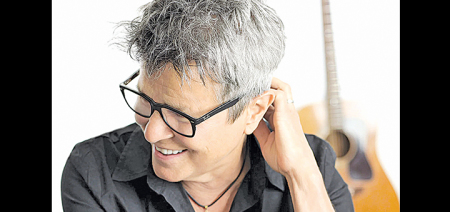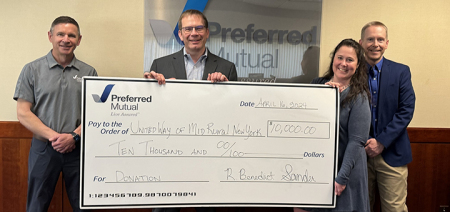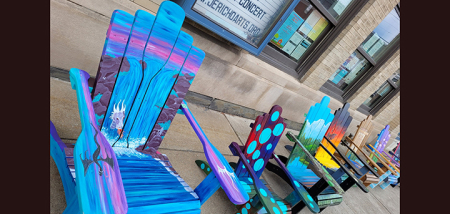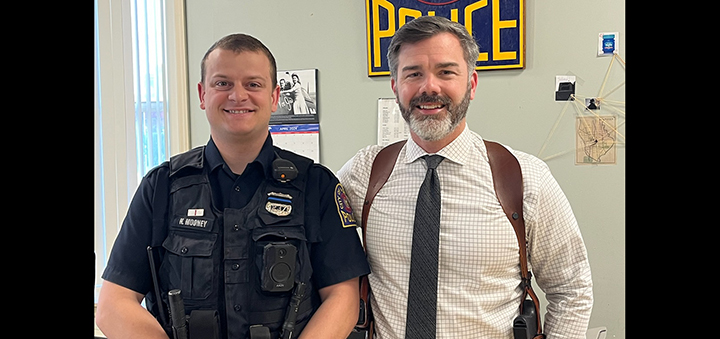Outdoor Chenango: The Transition
Published:
November 2nd, 2022
By:
Eric Davis
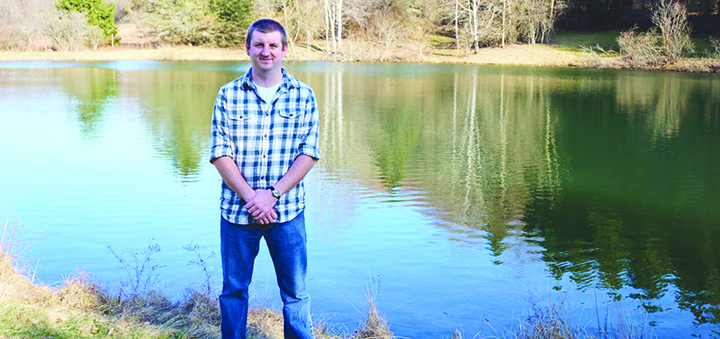
The first two weeks of November are arguably the best two weeks of deer hunting (with late October being in the running). This is because the rut is changing from the seeking phase to the chasing phase. In this phase, testosterone levels peak in bucks as they are fully ready for breeding season.
As does start to come into heat, bucks focus on finding the first doe that is ready to be bred. If you have the does patterned, hunting the does can put you in position to harvest a buck who is searching for a hot doe. Hunting on the downwind side of a bedding area is often productive as bucks will walk this area trying to get the scent of a doe in heat. Another good location is the top of a ridge. During the day, as the air on the hillside is heated, it rises to the ridgetop where bucks try to get the scent of does below. Evening sits looking over doe feeding areas can help catch bucks coming through to look for does.
Another tactic that can bring bucks into range is to use a doe-in-heat scent. Drag a pad or wick saturated in the attractant behind you as you walk to your stand. As you approach your stand, plan on where you want the deer to walk as they follow the scent to give you a shot. I try to loop around some brush so that I can draw my bow while the deer are behind the brush. Hang the scent pad on a tree or bush where you have a clear shooting lane. Using a grunt tube and/or bleat call can also bring in bucks. Short, sharp grunts mimic those of a buck that is chasing a doe. Other bucks will come in to see if they can run off the buck and steal his doe.
Since the rut only occurs for a finite amount of time, bucks become overly active as they attempt to fight the clock and breed as many does as they can. This means that they will move during daylight hours, even in the middle of the day. If you talk to any well-seasoned deer hunter, you will often hear stories of shooting big bucks between 10:00 AM and 2:00 PM. With the notion that deer can be moving at any time during the day, hunters should try to spend as much time in their stand as possible. Some hunters may choose to sleep in a little and head to their stand at 8 or 9 o’clock while others will try to stay in the stand from sunrise to sunset.
The downside to the rut is that activity can be almost nonexistent for hours and then the woods go crazy at the flip of a switch. Sitting in the stand for hours without seeing deer can demoralize a hunter and make them want to go home. Bringing a distraction to the stand can help in these slow times. Smartphones now are probably the most common distraction but their batteries only last so long. Having a battery pack to recharge the phone allows for longer use. Another option is a small electronic game. Some people will bring books, but it can be easy to get too caught up in the book and forget to look around periodically for deer sneaking in.
Leftover Deer Management Permits
While they started on November 1st, leftover deer management permits (DMPs) will continue to be available at hunting license sales locations until their quotas are met. The list of the wildlife management units that have leftover DMPs is available on the NYSDEC website. Hunters can receive up to 2 additional DMPs. If you have already applied for DMPs, there is no charge. If you haven’t applied already, it will cost $10. The DMPs are given on a first-come, first-served basis. At the end of the day, if the number of DMPs given for the WMU has reached the quota set by NYSDEC they will be removed from the list of units with tags available.
Author: Eric Davis - More From This Author
Comments

